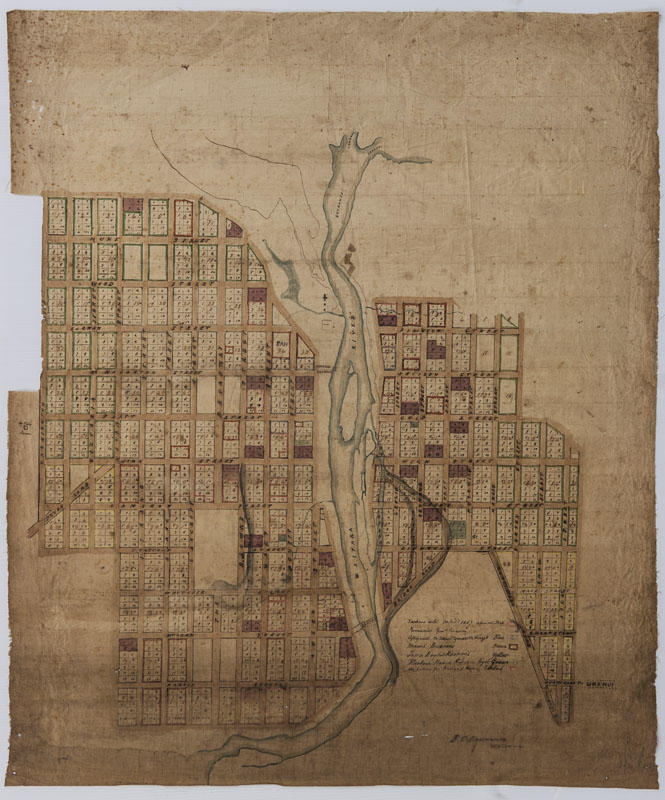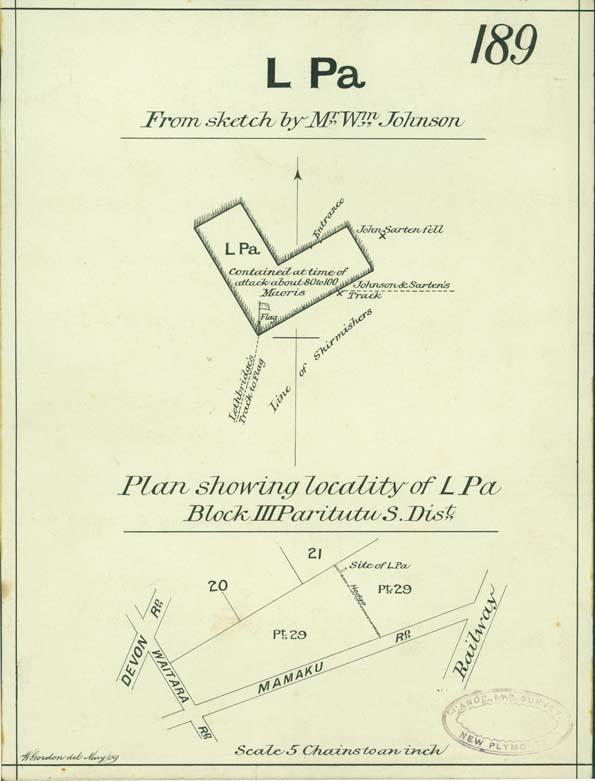



This street in Waitara is named after Lieutenant Edmund C. McNaughton of the British Army's Royal Artillery, to remember his actions during the First Taranaki War (1860-61).
In February 1860, Octavius Carrington, Chief Surveyor, and Charles Wilson Hursthouse, Assistant Surveyor for Taranaki District, were chosen to accompany Robert Parris, Chief Commissioner of Native Affairs, to survey the Pekapeka Block at Waitara. The survey was interrupted by Māori removing their survey equipment.
In response, the British Army, based in New Plymouth, then occupied the Pekapeka Block and erected a blockhouse. Te Ātiawa iwi responded by building Te Kohia pā on a ridge overlooking the British position.
Te Kohia pā, also known as the "L" Pā because of its shape, is located on Devon Road between Waitara Road and Big Jim's Hill in Brixton. The pā was known for its innovative covered trenches, a feature first used at Ruapekapeka in the Northern War of the 1840s, then refined at Te Kohia.
On 17 March 1860, Colonel Charles Gold ordered an attack upon the pā, marking the start of the First Taranaki War. McNaughton was said to have fired the first shot in this battle and precisely one year later, on 17 March 1861, he was killed at the head of a sap (trench) in the final attack on Te Ārei pā, he was just 23 years of age
This story was originally published in the Taranaki Daily News.
The New Zealand Wars: A History of the Maoir Campaigns and the Pioneering Period: Volume 1, Chapter 24: Pratt's Long Sap (1893), James Cowan. Collection of Puke Ariki (NZ993.022 COW VOL.I)
LinkConflict in Taranaki, 1850s to 1880s map (2015), Ron Lambert. Te Ara, The Encyclopedia of New Zealand
LinkPlease do not reproduce these images without permission from Puke Ariki.
Contact us for more information or you can order images online here.